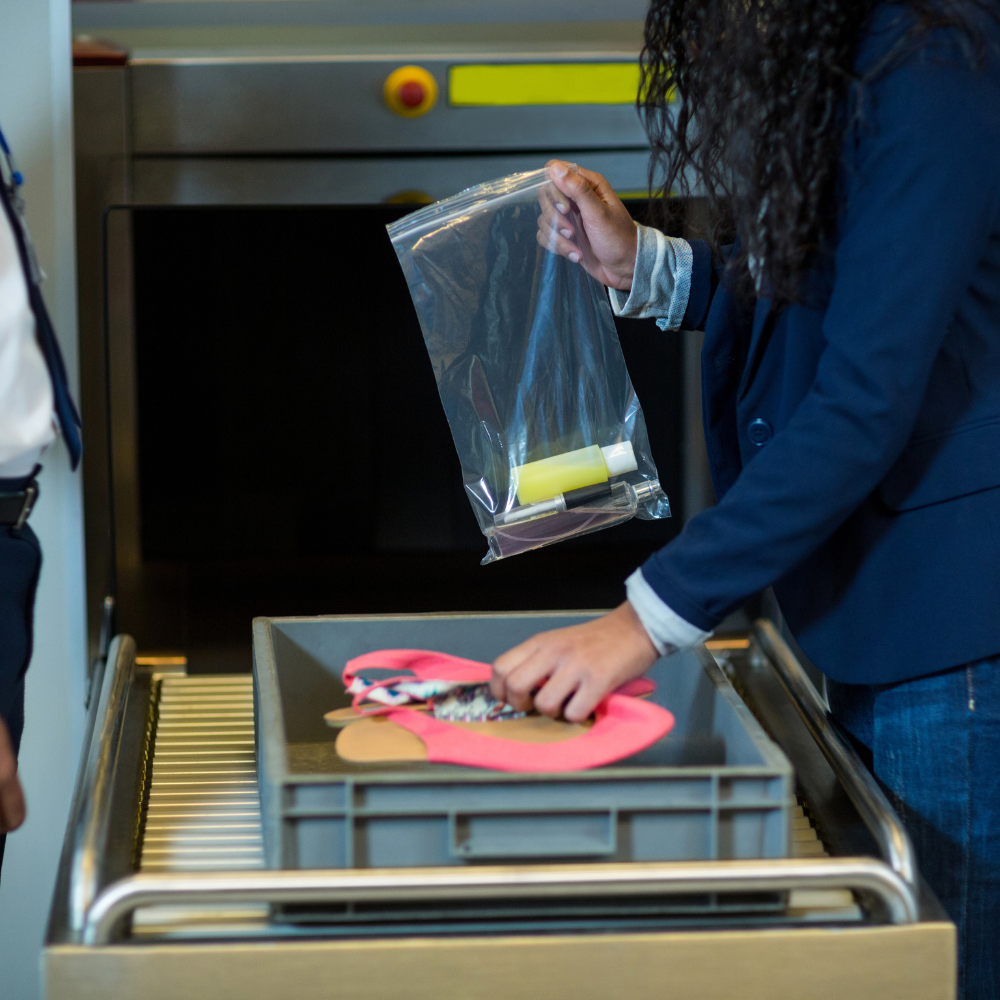
Forecasters predict that tropical storm Idalia will intensify into a category 3 hurricane, which will threaten Florida and Cuba.
The National Hurricane Center (NHC) forecasts Idalia to attain hurricane strength on Monday before making landfall in Big Bend, Florida on Wednesday.
Franklin, a second storm, could deliver life-threatening storm surges to the East Coast of the United States and Bermuda.
It occurs as the apex of the Atlantic hurricane season approaches. Franklin is the season's first significant hurricane, which lasts from June to November.
It is currently a Category 4 cyclone with 145mph (230km/h) winds, but the NHC predicts it will weaken by Tuesday noon.
On Monday afternoon sources reported that Franklin was already generating life-threatening surges and rip currents along the southeast coast of the United States.
Governor Ron DeSantis has warned that Florida should prepare for "significant impacts" from Idalia, which is currently the state's primary focus. On Monday, he mentioned that this is going to be a major hurricane.
This will undoubtedly affect the state of Florida in numerous ways. In anticipation for the storm, President Joe Biden has approved an emergency declaration for the state.
Idalia is moving north at 8 mph with maximum sustained winds of 70 mph, the National Hurricane Center reported on Monday at 20:00 EDT (01:00 GMT).
When a storm's maximal sustained winds reach 74 miles per hour or more, it becomes a hurricane.
As early as Tuesday, Idalia could deliver "life-threatening" storm surges and "hurricane-force winds and scattered flash and urban flooding" to portions of the west coast of Florida and the Florida Panhandle.
The storm is anticipated to bring 4-7in (10-18cm) of rain and dangerous storm surges to western Cuba. The city of Pinar del Ro in Cuba is under a hurricane warning.
Monday evening, Idalia was 20 miles (30 km) west of Cuba. Some northwestern Florida communities are expected to experience storm surges of up to 3.3m (11ft).
Monday at midnight, Tampa International Airport will close in anticipation for the storm.
The governor of Florida has declared a state of emergency in 46 counties in the state's northern half.
Mr. DeSantis stated that several municipalities on the Gulf Coast would be required to evacuate due to Idalia, and that schools would also close.
He advised residents of Florida's low-lying coastal areas to seek higher ground. "Floridians, you must execute your plans immediately," he said.
More than 1,100 National Guardsmen, along with 2,400 high-water vehicles and other rescue apparatus, have been mobilized, according to the governor.
Mr. DeSantis stated that officials have prepared 400,000 gallons of gasoline for distribution at gas stations along evacuation routes.
As the storm took root, state officials also warned that many residents in the area would be without power. The states of Georgia, North Carolina, and South Carolina could also experience significant precipitation, according to forecasters.
The effect of climate change on the frequency of tropical cyclones is still unclear, but rising sea surface temperatures warm the air above, making more energy available to fuel hurricanes. Consequently, they are likely to be more intense with more intense precipitation.



